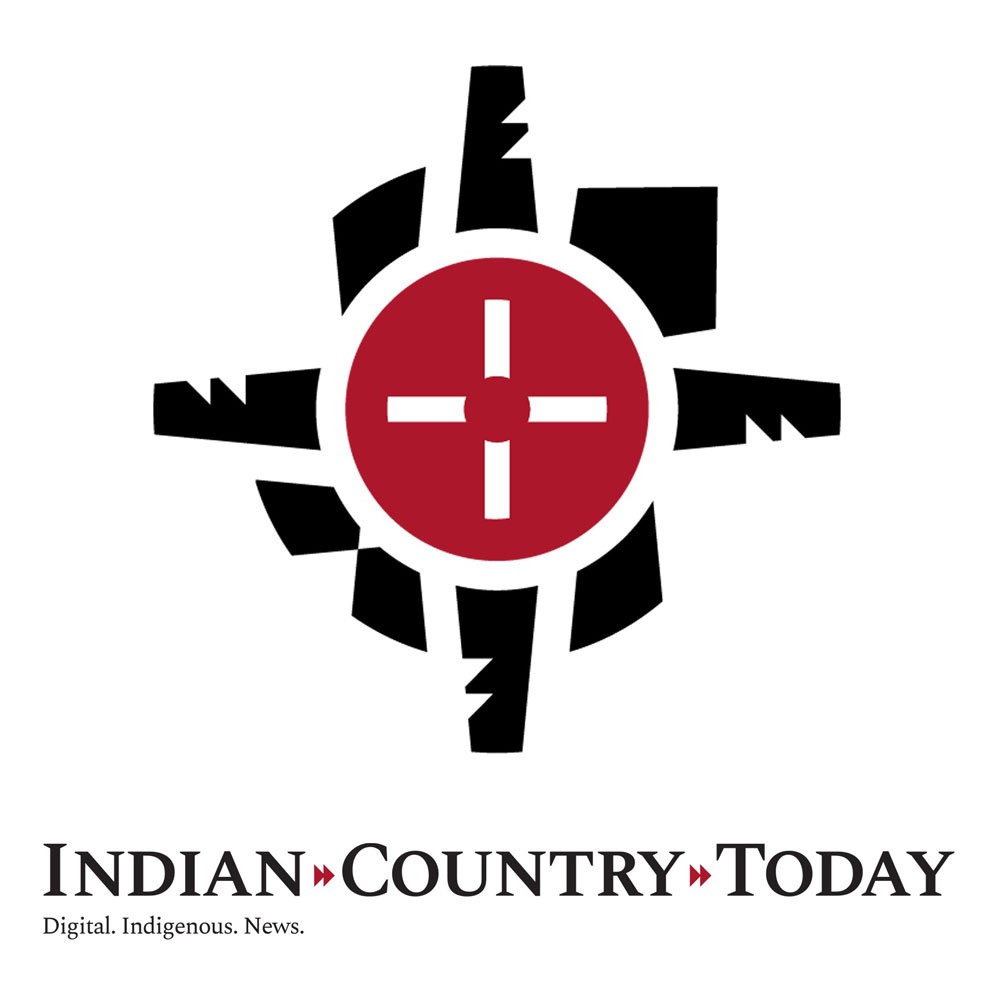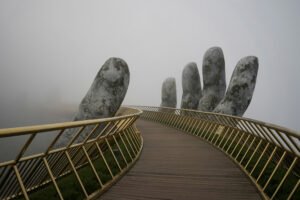 November 11, 2019; Next City
November 11, 2019; Next City
Earlier this month, NPQ covered Indian Country Today’s historic partnership with the Associated Press, but that is not the only partnership that it has initiated. As Valerie Vande Panne writes in a feature article for Next City, the AP partnership is just one of many partnerships that the publication has implemented as it seeks to chronicle, as Vande Panne puts it, “Native America, by Native Americans, for Native Americans” as well as boost those voices into the mainstream press.
Vande Panne adds:
Twenty years into the 21st Century, the visibility versus invisibility of Native Americans is very much an issue. Casinos, gambling, and mascots make up most of the damaging and dehumanizing impressions people see of Native Americans. Indian Country Today is now positioned to play an important role in bringing nuance, complexity, and depth of understanding to issues and narratives that might otherwise remain unacknowledged, unexplored, or absent from the national consciousness. Native Americans are everywhere—and everyone in the United States lives on Native land.
Indian Country Today has three bureaus. One, as might be expected, is in Washington DC, but the other two are in less obvious locations: Phoenix, Arizona and Anchorage, Alaska. Now, both Phoenix and Anchorage are Native American hubs—Phoenix is home to 43,000 American Indians in a state that is six percent Native, and nearly one in five Alaskans are Alaskan Natives. But what is notable is that both of these news bureaus have been sited at universities.
The Phoenix bureau, for instance, is housed at the Cronkite School of Journalism and Mass Communications at Arizona State University (ASU). Chris Callahan, the school’s dean, tells Vande Panne that because the school seeks to serve underrepresented communities, being home to Indian Country Today’s bureau is highly valued. Among other things, having the Indian Country Today bureau on campus provides students with work and internship opportunities. Overall ASU serves 3,100 American Indian students from almost 200 different tribal nations.
Sign up for our free newsletters
Subscribe to NPQ's newsletters to have our top stories delivered directly to your inbox.
By signing up, you agree to our privacy policy and terms of use, and to receive messages from NPQ and our partners.
Callahan also wears another hat as CEO of Arizona PBS, which for Indian Country Today means that the publication has gained an “in” to produce content that could show up through the state’s public broadcasting system, the nation’s seventh-largest.
Bryan Brayboy, special advisor on American Indian Initiatives at ASU and an enrolled member of the Lumbee nation, tells Vande Panne that, “In Arizona, there are people who are proud of being sixth-generation Arizonans. But there are groups of people who’ve been here 200 generations or more.” Their stories have never been told. Now the partnership provides a chance to do so.
The Anchorage bureau of Indian Country Today will open by year’s end at Alaska Pacific University (APU). “The university,” notes Vande Panne, “serves a student population that is more than 25 percent Native, and it is the first university founded by an Alaska Native.”
Robert Onders, the university’s president, tells Vande Panne, “There’s huge value having someone from that community tell the story. From an equity standpoint, Indigenous reporting is under-reported. Having increased representation will improve those stories in a meaningful way. For [Indian Country Today] to come on our campus is extremely meaningful.” As at ASU, Indian Country Today expects to offer internships to students. There will also be teaching opportunities for publication staff on the APU campus.
Onders adds that part of the motivation of APU in partnering with Indian Country Today is to recalibrate the university’s curriculum to reflect Indigenous ways of knowing and knowledge. Onders tells Vande Panne, “Education is a huge tool of colonialism. It’s an aristocracy, particularly post-secondary education. How do you change those dynamics? The system is not created to enhance the success of certain populations.”
Onders adds that APU is on track to join the nation’s network of tribal colleges and universities, a network which turned 50 last year. As is the case with the Cronkite school in Phoenix, APU is also home to Alaska PBS, and a broadcasting partnership like the one in Arizona is likely in Alaska as well.—Steve Dubb











